Summer is upon us, and for our children it can either be a learning dust bowl or a learning paradise. Children are tempted to spend hours in front of the screen, but with a little creativity their summer can be transformed by exploring new hobbies, learning new responsibilities, and building on the skills they’ve learned over the school year.
We have a child going into the 8th grade, one going into the 2nd grade, and two toddlers whom I currently do homeschool preschool with. I have witnessed first-hand how a couple of months without reading and math can really set a child back when they return to school in the fall. Now, this definitely doesn’t mean that I encourage math worksheets or hand out spelling tests, but creative learning is a big part of our day-to-day throughout summer break.
These unstructured summer months are a great time for children of all ages to continue strengthening their academic skills while also having loads of fun. Let’s check out some of my personal favorite fun and creative ways you can help your children learn at home this summer:
1. Grow Something
Gardening is a fun and healthy activity for children of all ages. It gives your child an opportunity to develop new skills, learn responsibility from caring for plants and our environment, develop a love for nature, encourage cooperation (especially when gardening with siblings), learn about science and even nurture self-confidence from achieving their gardening goals and enjoying the plants and/or food they have grown.
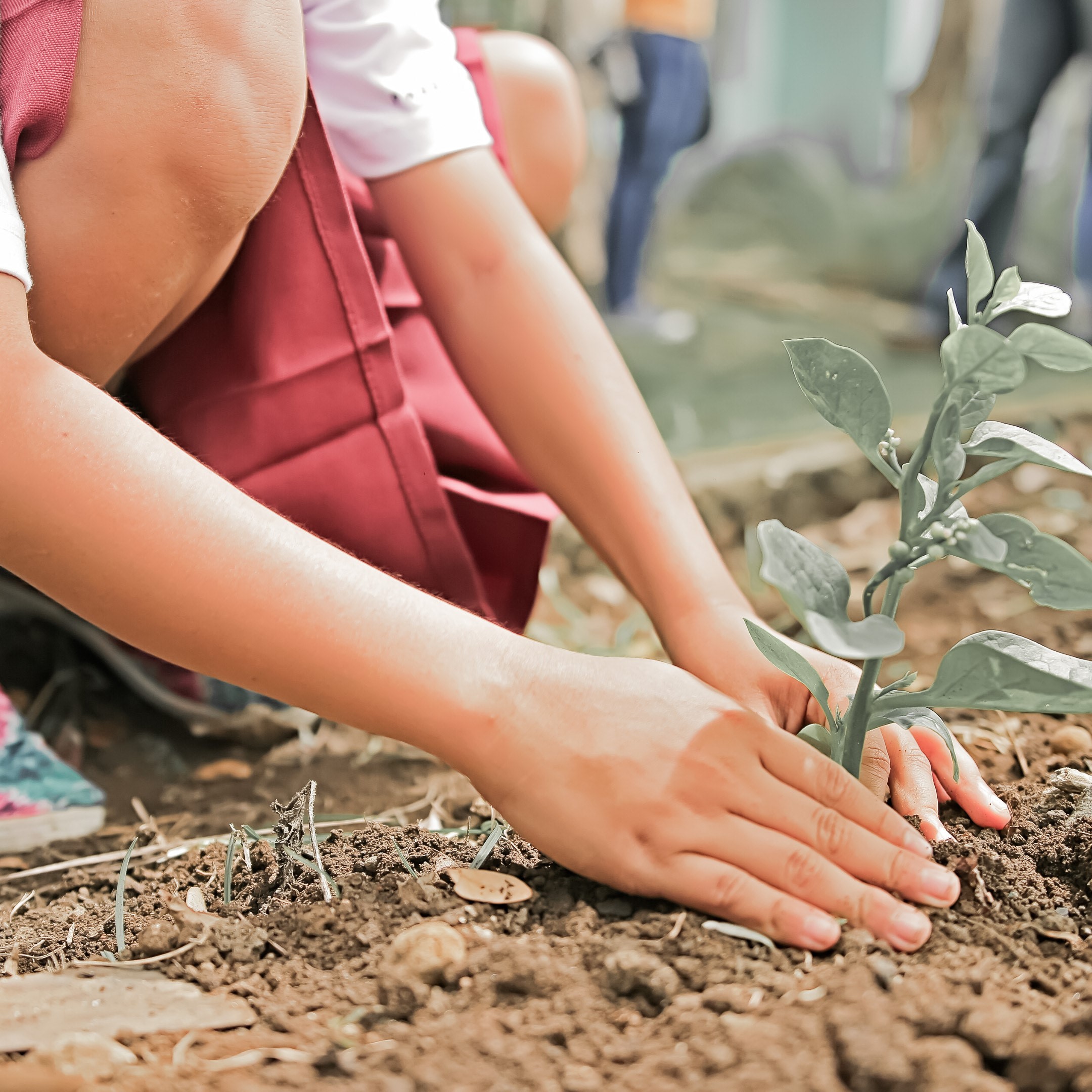
2. Start a Summer Scrapbook
Summer is the perfect time for creating new memories and starting a family scrapbook. With a few everyday supplies you most likely already have on hand like paper, tape, glue, stickers, and markers, this will keep your little ones busy with some DIY creativity. Let your child become a photographer for the summer by giving them a disposable camera they can bring along everywhere they go. Once the film is developed, they can enhance their artistic skills by piecing photographs and other mementos together while also getting a little writing in by jotting down their favorite memories on each page.
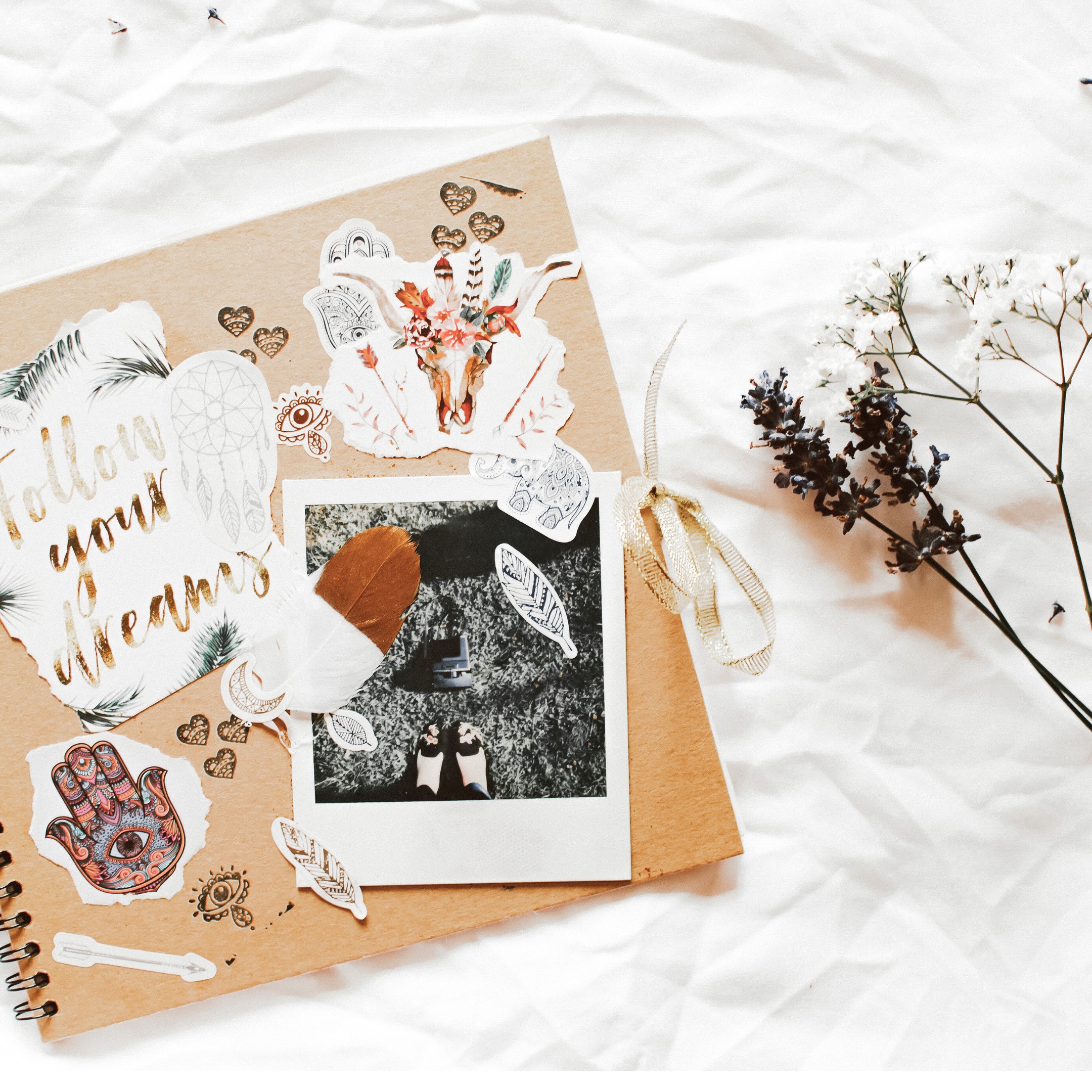
3. Explore the Kitchen
The kitchen can be a learning laboratory for kids. Younger children can use the kitchen to learn the names of foods in the pantry, how to use all the utensils, point out the colors and shapes they see, and more. Older children can learn family recipes and maybe even be able to make a meal for the whole family by the end of the summer.
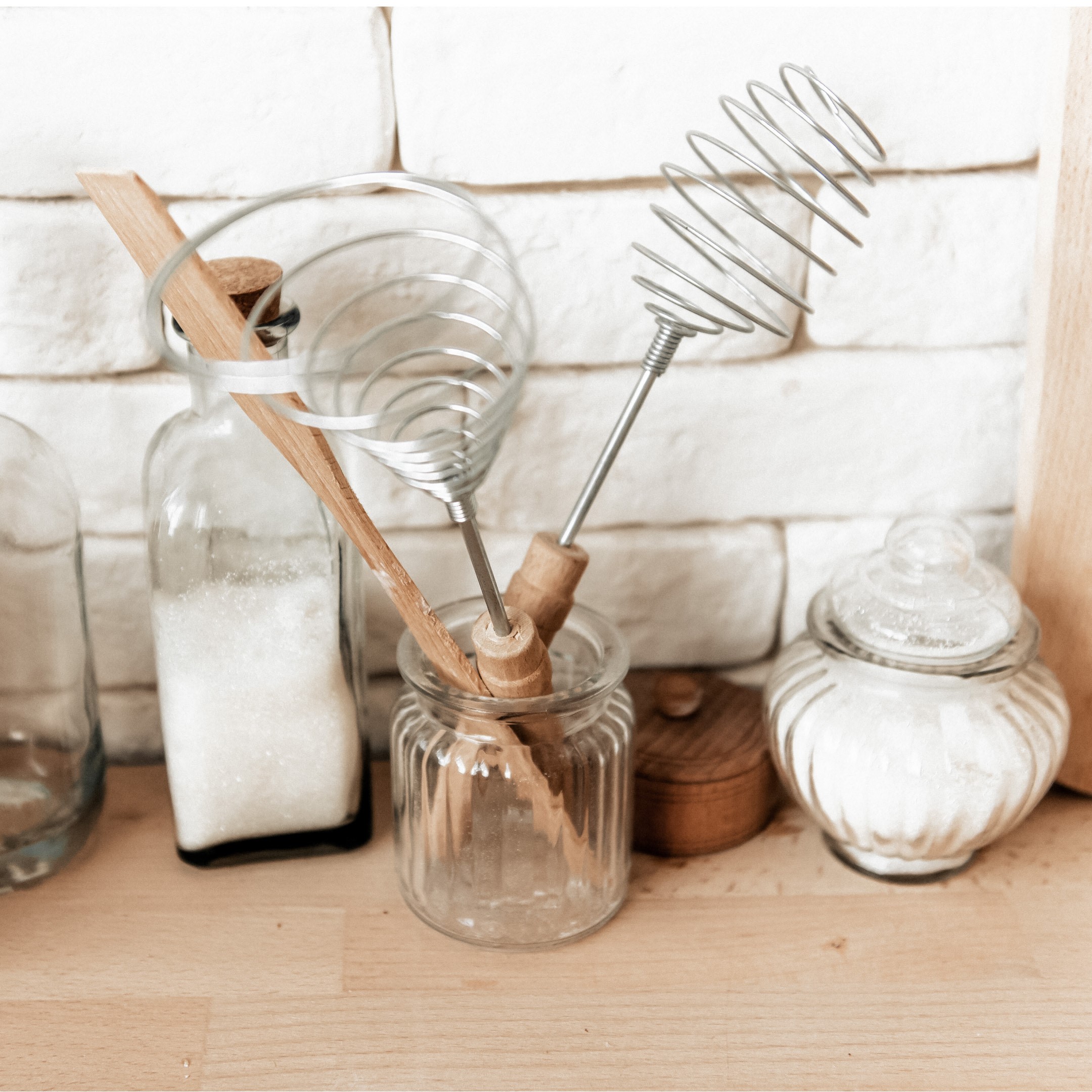
4. Go on a Nature Scavenger Hunt
Hit the parks, trails, or explore your own backyard by going on a nature scavenger hunt. There are TONS of free scavenger hunt printouts on Pinterest you can use that are fun for all ages.
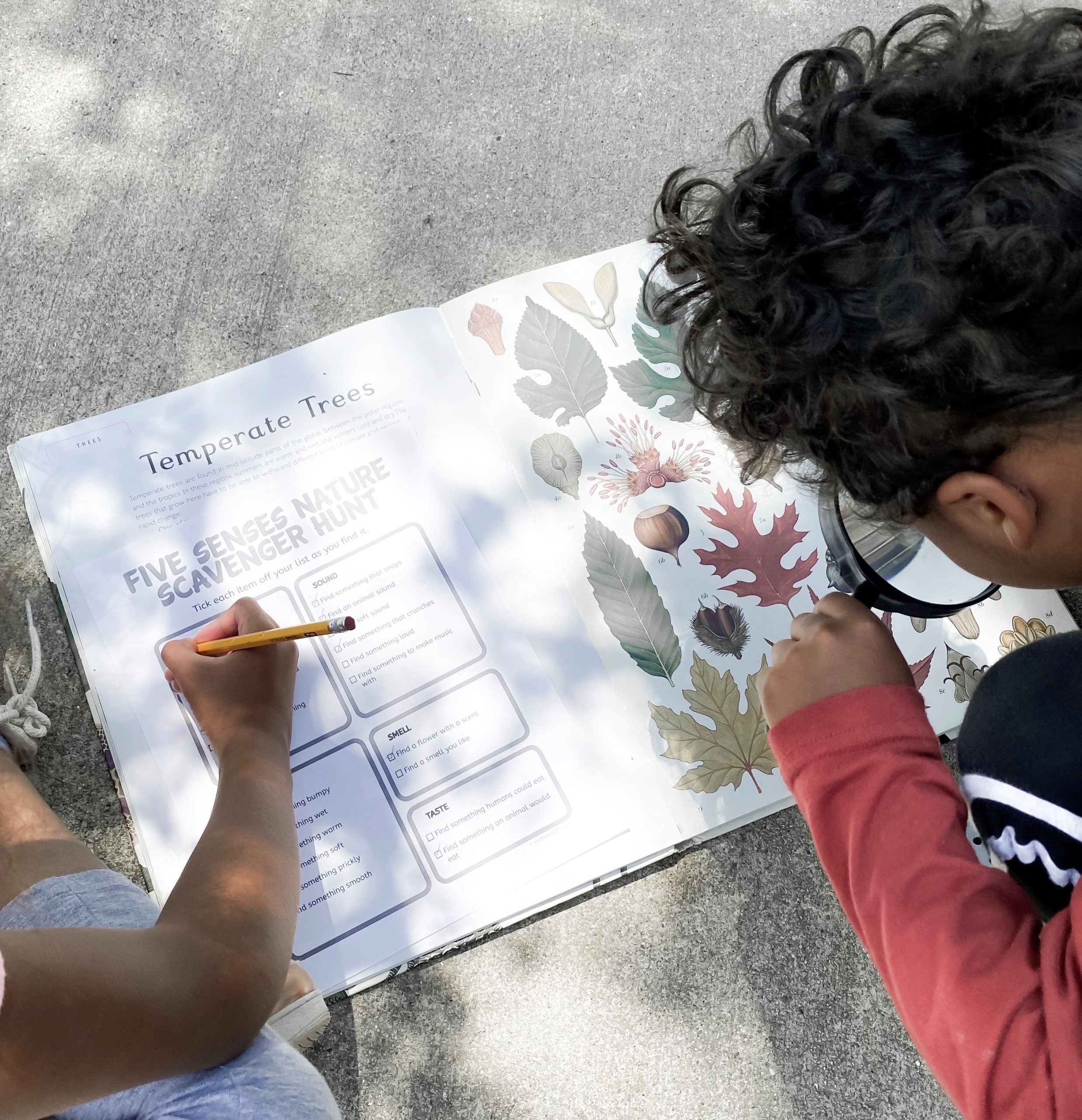
5. Create an Obstacle Course
Get your children up and moving by creating an obstacle course. This can be done inside or outside using books, pillows, cushions, stones, sticks and just about anything else you can find and placing them strategically for a super fun course that will get them moving and keep them entertained for hours.
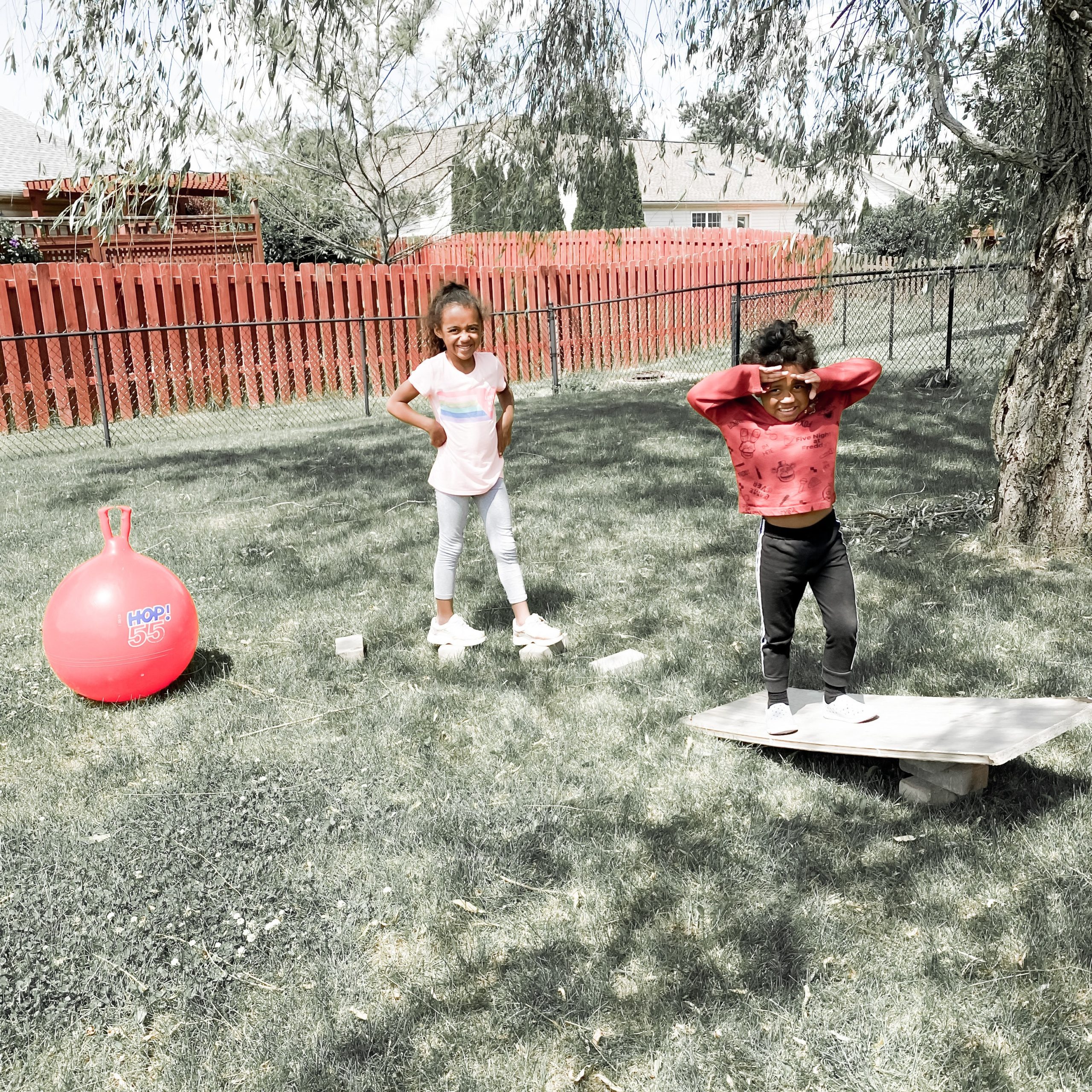
6. Use a Stopwatch
Teach your child how to use a stopwatch. How long does it take to run around the house? How long can you stand on one foot? You can turn a stopwatch into a science experiment or a graphing game by having your children chart their day-to-day activities and see which task takes the longest or least amount of time to complete.
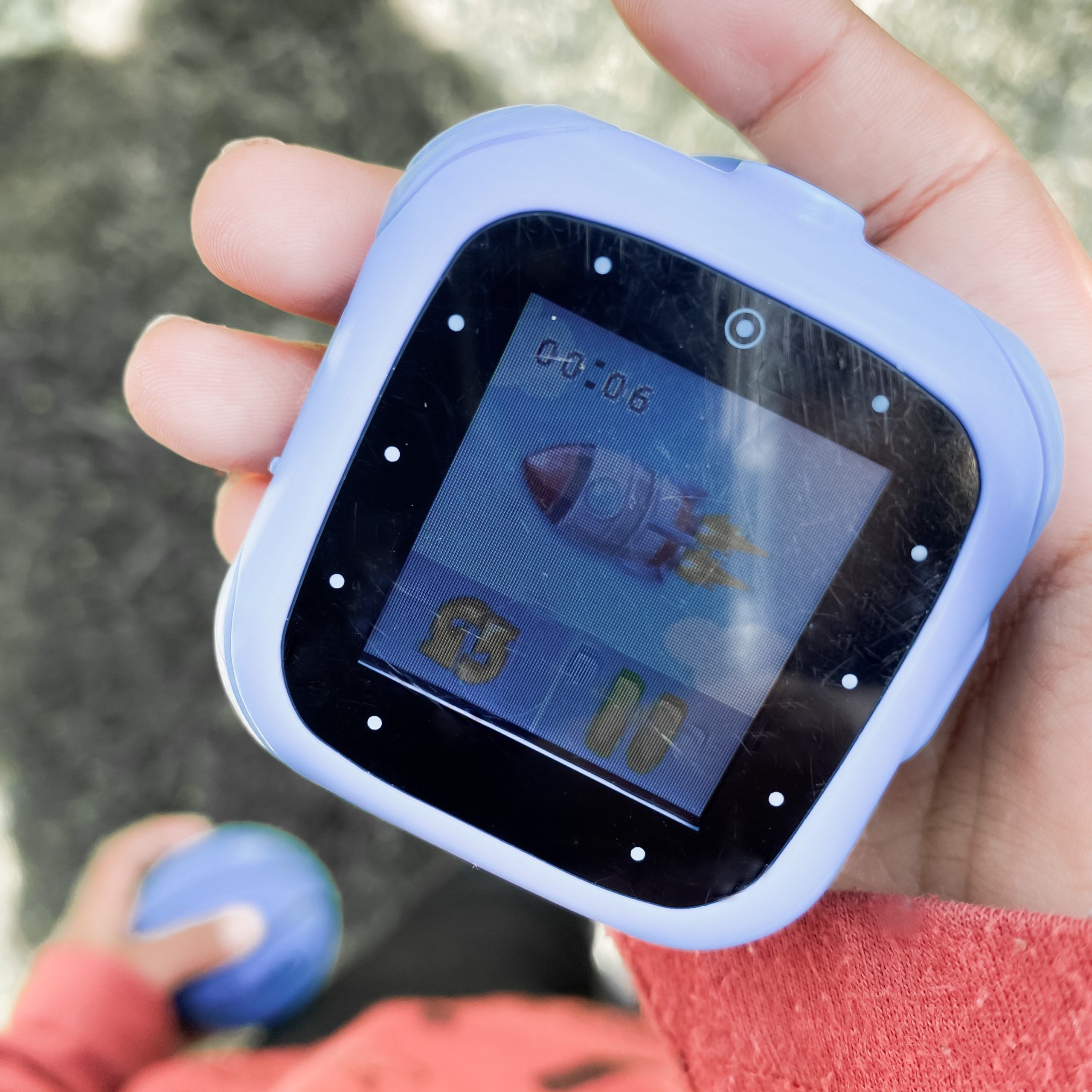
7. Use Measuring Cups
Measuring cups are an easy way to get your children thinking about numbers, volume, size, and so forth. Let your toddlers take a few measuring cups into the bath and let your older children use them to help in the kitchen. Sensory bins are also a fun and easy way to incorporate measuring cups. You can fill a large bucket with sand, water, rice, beans, dry pasta, or anything else you have on hand and your child can use the measuring cups to transfer them into cups, jars and bowls. You can then ask questions like, “How many cups/scoops did it take to fill the jar?” or “Which jar has the least amount of water inside?”
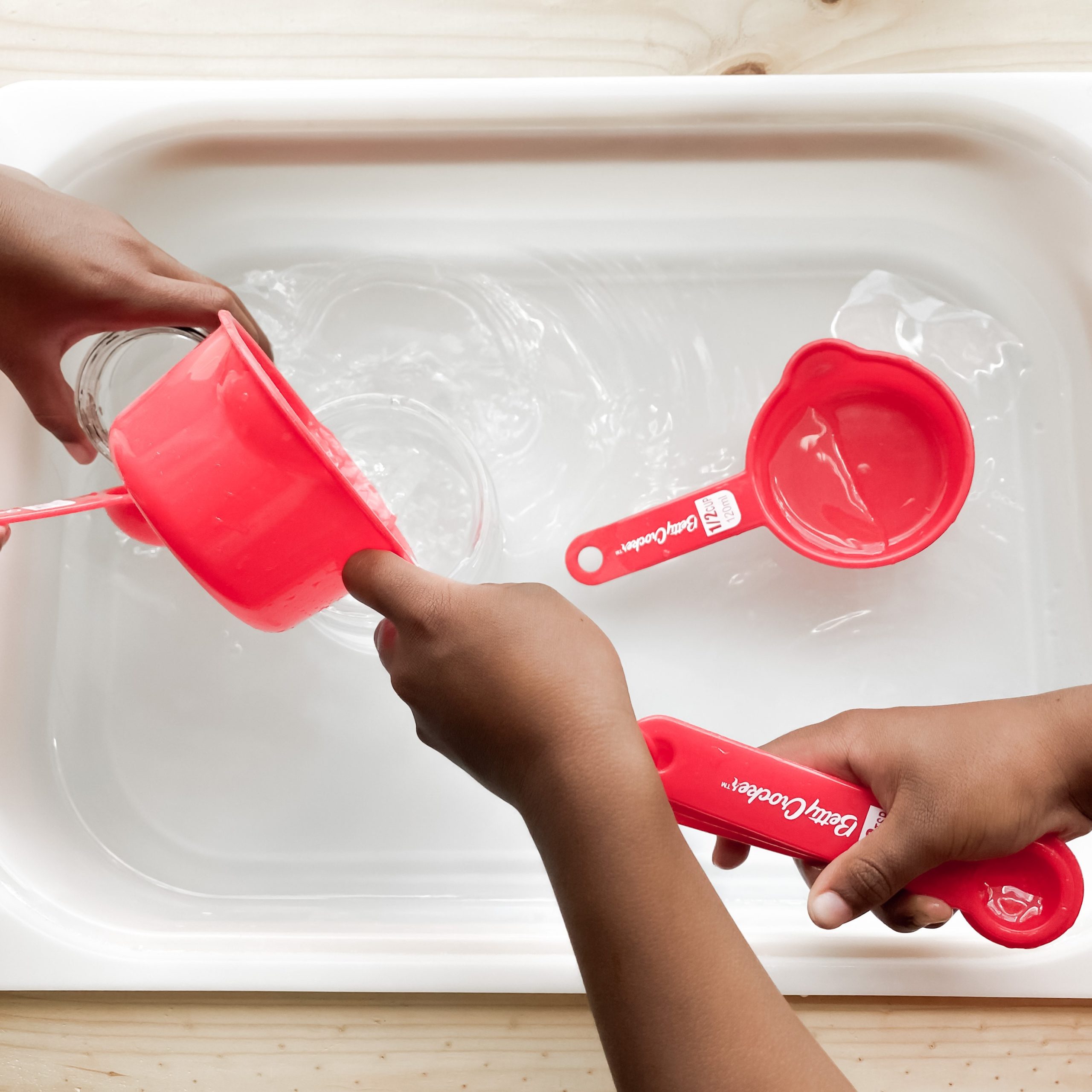
8. Build Something
Stretch your child’s imagination by building something at home. Whether you upcycle an old piece of furniture, turn an old sheet into a tent, build a toy from a kit, or use recyclables for a DIY, there are tons of things you can build. Pinterest is my go-to for easy building projects you can do with your kiddos.
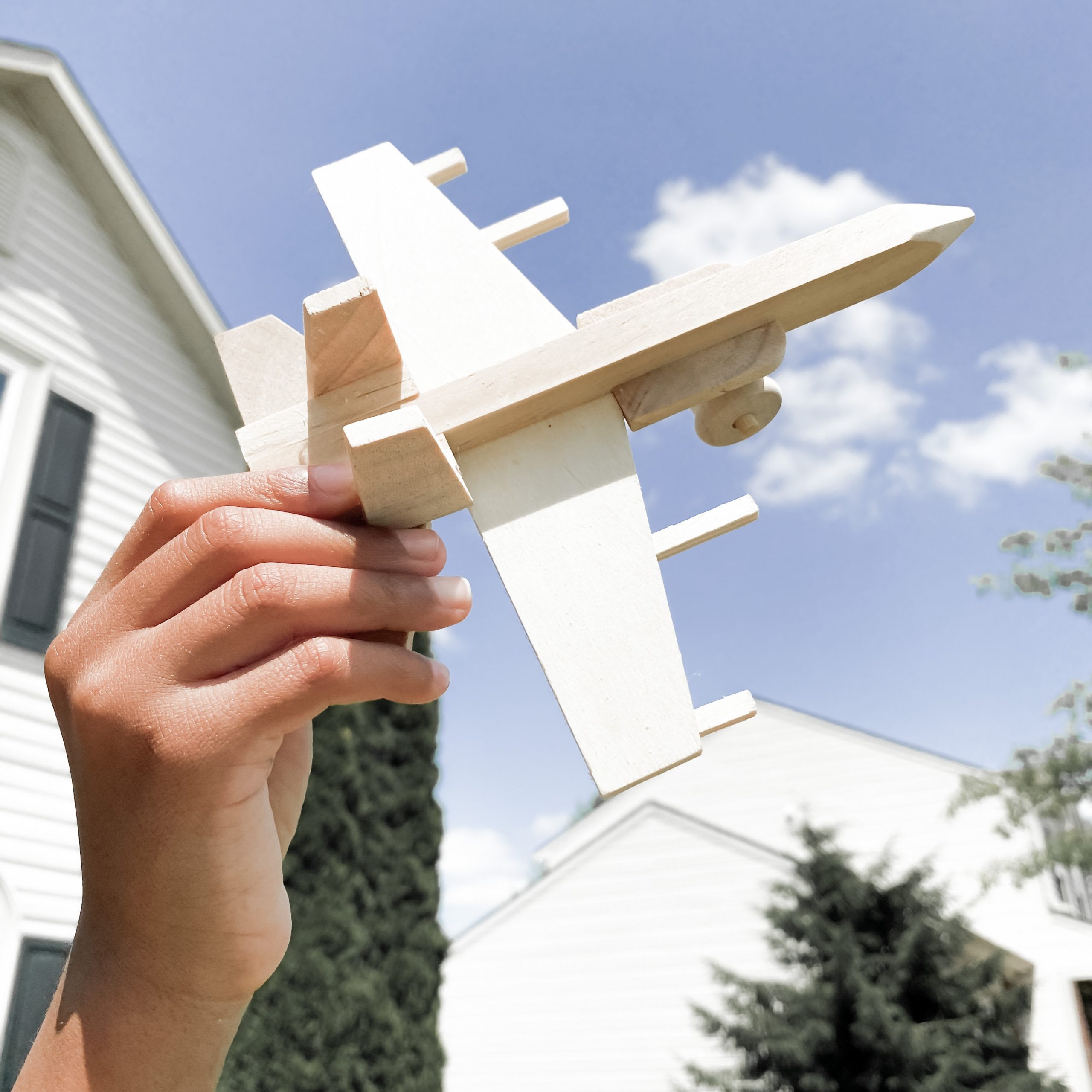
9. Read About Other Cultures
Interacting with people from other cultures allows you to view life from a different perspective. While we may not be able to travel the world with our children, we can certainly travel through the pages of books. Diversity is such an important topic that we must surround our children with, so consider checking out various books from your local library about people of all races, genders, religions, and cultures.
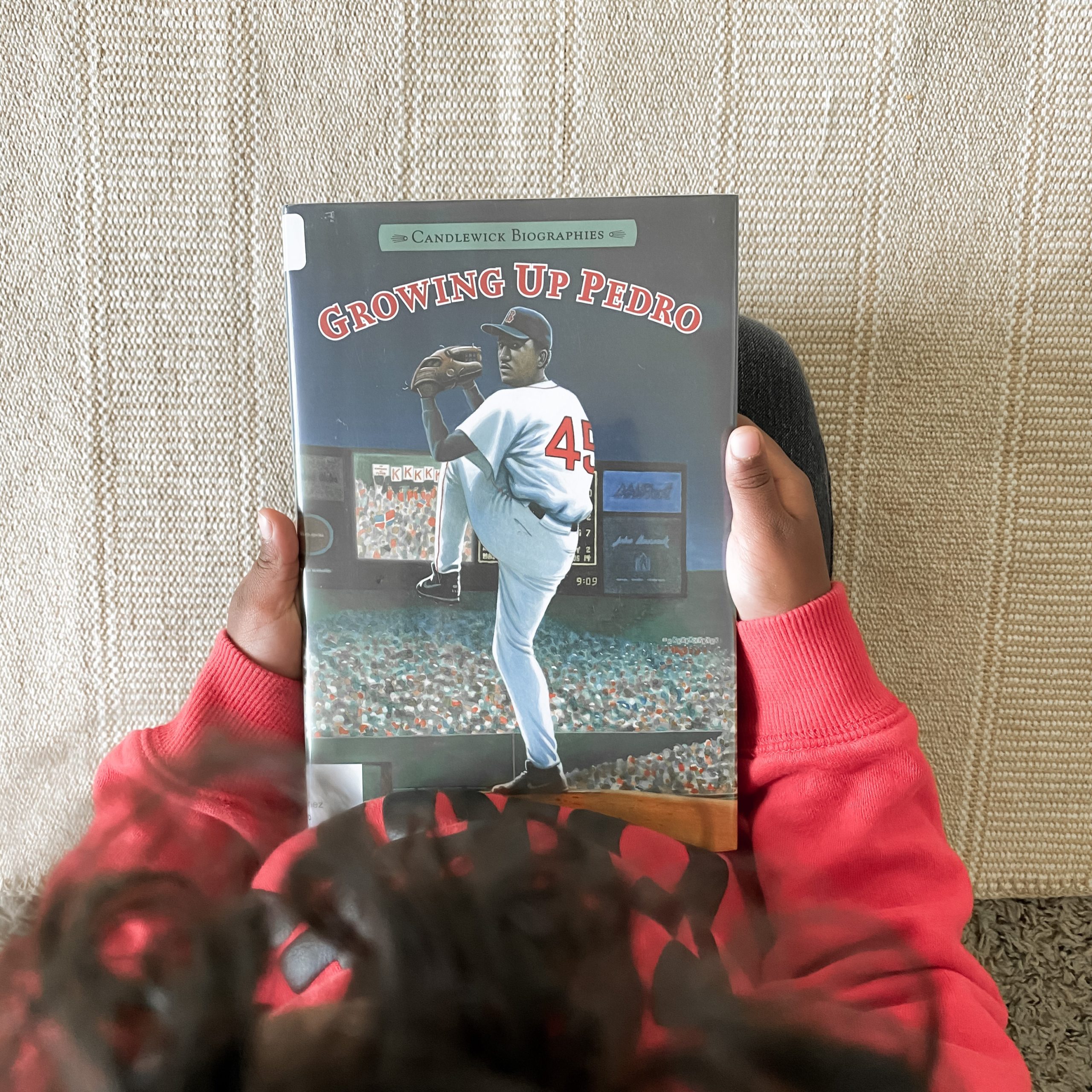
10. Download Educational Apps
It’s almost inevitable that our children will want to play video games, watch their favorite shows, or play on their tablets. Luckily, whether your kids are in preschool or high school, there are many free educational apps you can download that will hold their interest. Have a child who wants to learn how to play the piano? There’s an app for that. Have a child interested in creating gaming videos? there’s an app for that, too!
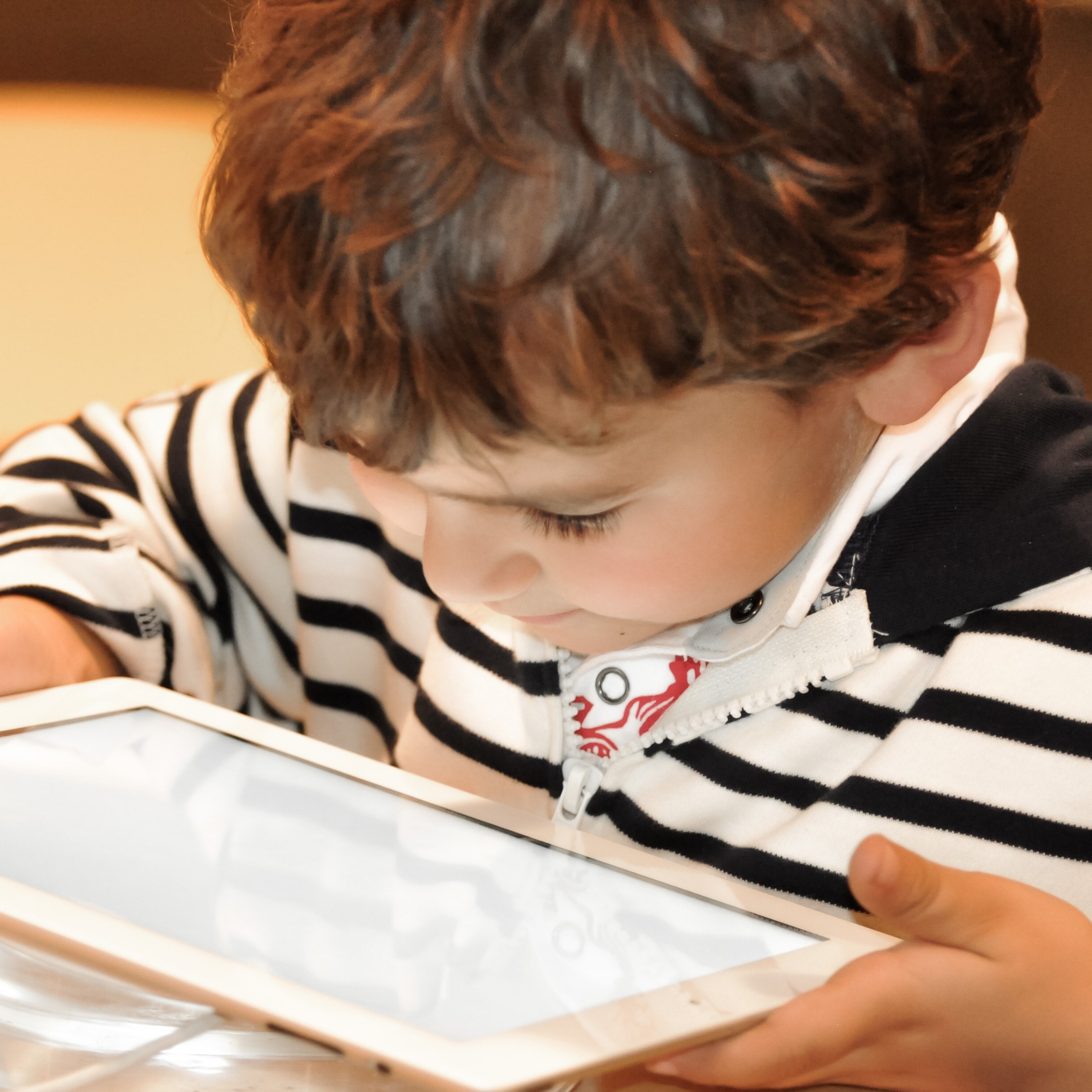
Amanda Merriweather has lived in Fishers for eight years with her family of six on the northwest side of the city. She is a stay-at-home mom and freelance writer who enjoys reading, blogging, crafting (her new favorite hobby is woodworking), as well as spending time with her family finding new trails, exploring new places, watching movies, and playing board games. You can find her at The Yard at Fishers District, local coffee shops and boutiques, and the Fishers library and parks with her kids. Her favorite aspect of Fishers is how family-oriented the city is, and how many family-friendly activities there are to enjoy throughout the year. Follow her on Instagram, YouTube, Pinterest, and on her blog.

